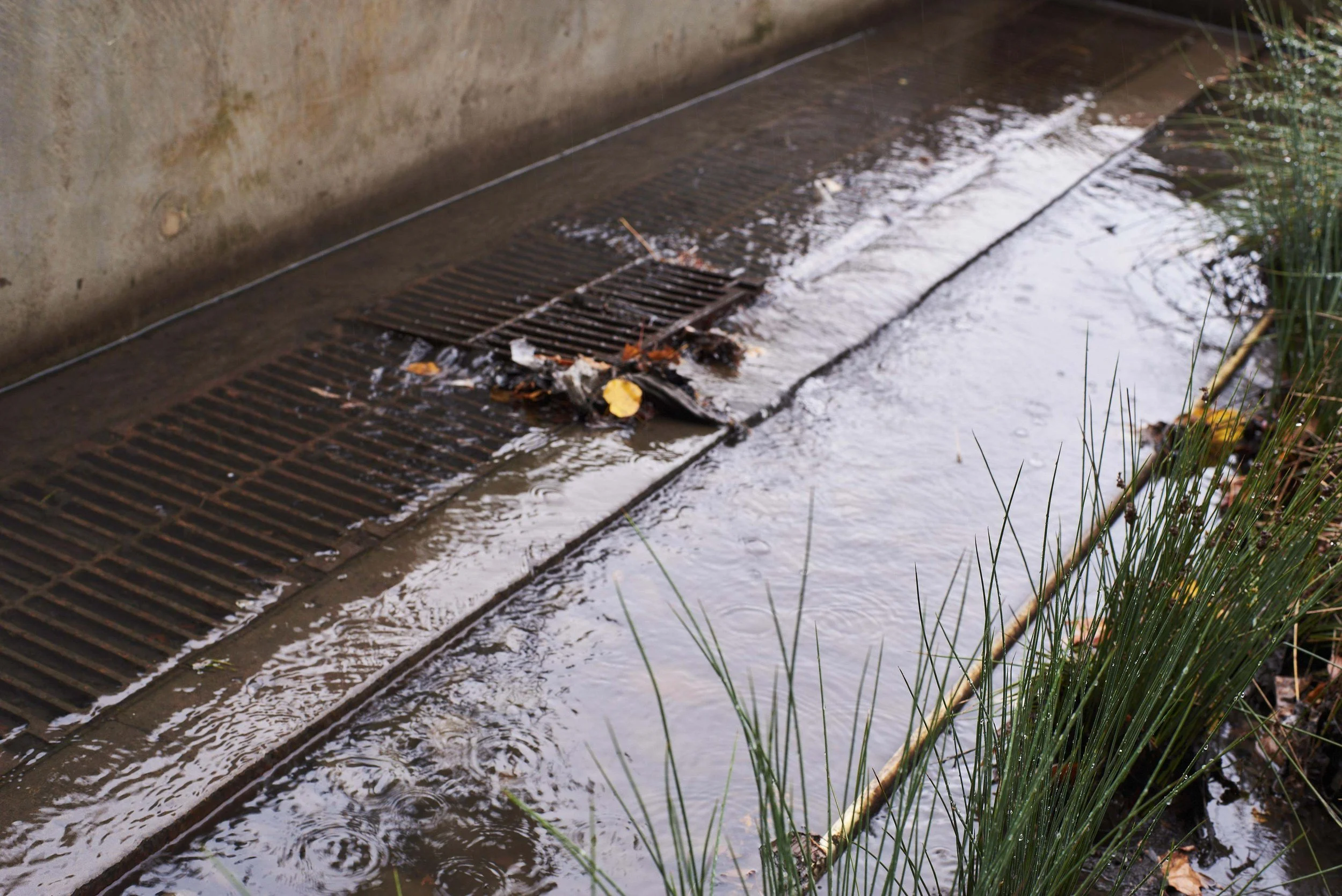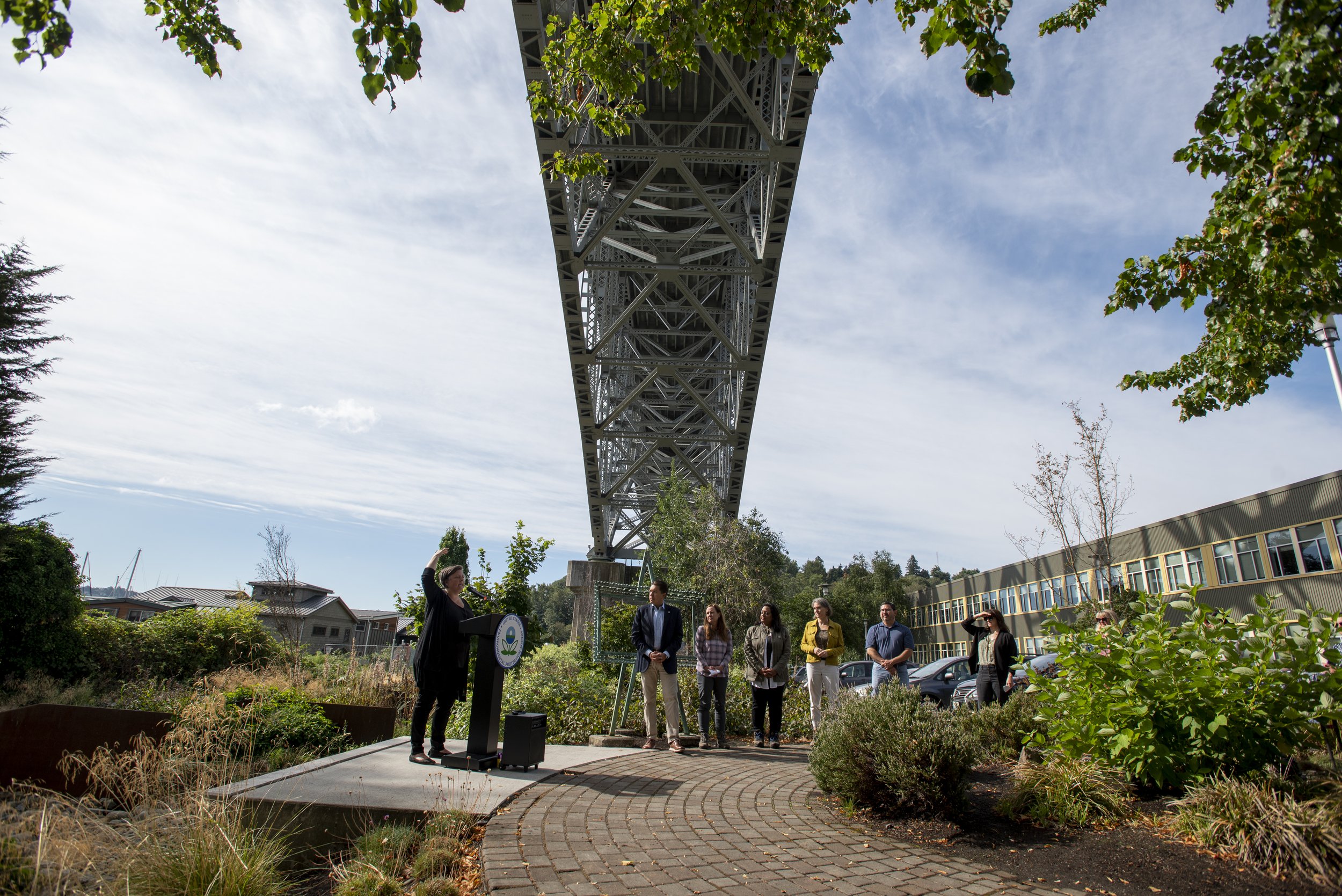Puget Sound residents, and other local communities around the world, are getting a huge boost to their environmental and resource management efforts thanks to a new grant from Microsoft to The Nature Conservancy.
The grant for Azure cloud services will support our Coastal Resilience and Natural Solutions Toolkit, web-based mapping tools that enable decision makers to identify solutions to reduce risks from flooding, pollution, threats to fresh water and climate change.
For example:
- In the Puget Sound region, our scientists are developing a new mapping tool that pinpoints the origin of chemical pollutants in stormwater running off roads, parking lots and other land surfaces into streams, lakes and Puget Sound. Stormwater runoff is the largest source of pollution to Puget Sound. This application will enable local and regional leaders to strategically install rain gardens and other green stormwater infrastructure in places where they’ll be most effective to clean the water, protect the Sound and benefit local communities.
- Globally, the Conservancy has developed the Protecting Water Atlas, which identifies where and how nature-based solutions, such as reforestation and improved agricultural practices, can be implemented at scale to secure clean water for billions of people while addressing other global challenges, such as climate-change mitigation and adaptation and human health and well-being.
Interactive map-based programs and projects like Coastal Resilience and the Natural Solutions Toolkit represent the largest suite of decision-support tools for conservation and climate adaptation at The Nature Conservancy, the world’s largest conservation non-profit. In advancing the capabilities of this online mapping software, the Conservancy and Microsoft will collaborate to help key stakeholders and decision-makers globally solve pressing environmental problems by implementing solutions that work for both people and nature.
“Data, and the tools that are needed to process and understand it, are essential to managing our changing environment,” said Rob Bernard, chief environmental strategist at Microsoft. “We’re proud to continue building on our strong relationship with the Nature Conservancy to enable better mapping, which will enable better decision-making and cleaner water for us all.”
“This is a significant grant and it means we are putting necessary actionable scientific information into the hands of decision-makers for coastal and watershed planning, as well as risk mitigation,” said Ben Packard, managing director for corporate engagement at The Nature Conservancy. “Microsoft’s support to further advance this technology demonstrates the important role of business in helping to protect nature and communities."



























